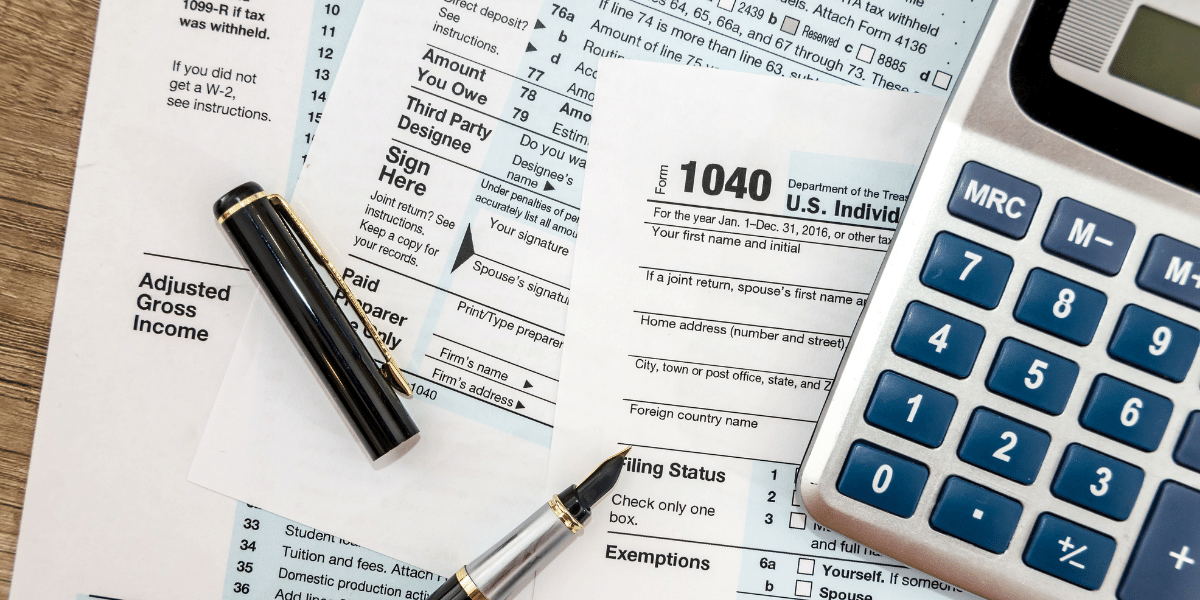The Internal Revenue Service reminded taxpayers today that it will begin accepting and processing 2020 tax year returns starting tomorrow, February 12, 2021. The later than usual start date for individual tax return filers allowed the IRS time to do additional programming and testing of IRS systems following the December 27 tax law changes that provided a second round of Economic Impact Payments and other benefits. The agency provides some brief advice to filers.
Don’t file until all tax documents have been received
With some areas seeing mail delays, the IRS is asking taxpayers to double-check to make sure they have all of their tax documents, including Forms W-2 and 1099, before filing a tax return. Many of these forms may be available online but when other options aren’t available, taxpayers who haven’t received a W-2 or Form 1099 should contact the employer, payer or issuing agency directly to request the missing documents before filing their 2020 federal tax return. This also applies for those who received an incorrect W-2 or Form 1099. Taxpayers unable to get the missing or corrected form by the April deadline may estimate the amounts by using Form 4852 with their federal tax return.
Remember unemployment compensation is taxable
Millions of Americans received unemployment compensation in 2020, many of them for the first time. This compensation is taxable and must be included as gross income on their tax return. Taxpayers who receive an incorrect Form 1099-G for unemployment benefits they did not receive should contact the issuing state agency to request a revised Form 1099-G showing they did not receive these benefits. Taxpayers who are unable to obtain a timely, corrected form from states should still file an accurate tax return, reporting only the income they received.
Taxpayers can use 2019 income for Earned Income Tax Credit
Taxpayers with income less than $56,844 in 2020 may be eligible to claim the Earned Income Tax Credit. The EITC Assistant, can help determine who is eligible. The EITC is as much as $6,660 for a family with children or up to $538 for taxpayers who do not have a qualifying child. Under the COVID-related Tax Relief Act of 2020, taxpayers may elect to use their 2019 earned income to figure the credit if their 2019 earned income is more than their 2020 earned income.
View IRS account online
Taxpayers can view their IRS account online through a secure and convenient tool on IRS.gov. Those needing information can see the latest information available about their federal tax account including last year’s tax return and view the amounts of the Economic Impact Payments they received as well. Those claiming the Recovery Rebate Credit will need to know the amount of the Economic Impact Payments received.
Electronic Filing makes filing easy
The best way to file a complete and accurate return is to file electronically and there are several options for doing this – some at no cost. Visit IRS.gov/filing for more details about IRS Free File, Free File Fillable Forms, Free tax preparation sites or by finding a trusted tax professional. Free File is a great option for people who are only filing a tax return to claim the Recovery Rebate Credit, either because they didn’t receive an Economic Impact Payment or did not receive the full amount.
Look out for “ghost” preparers
Taxpayers are urged to use caution and avoid “ghost” tax return preparers whose refusal to sign returns can cause a frightening array of problems because the taxpayer is ultimately responsible for it. Ghost preparers get their scary name because they don’t sign tax returns they prepare. Like a ghost, they try to be invisible to the fact they’ve prepared the return and will print the return and get the taxpayer to sign and mail it. For e-filed returns, the ghost preparer will prepare but refuse to digitally sign it as the paid preparer.
By law, anyone who is paid to prepare or assists in preparing federal tax returns must have a valid Preparer Tax Identification Number, or PTIN. Paid preparers must sign and include their PTIN on the return. Not signing a return is a red flag that the paid preparer may be looking to make a fast buck by promising a big refund or charging fees based on the size of the refund.
Unscrupulous tax return preparers may also:
- Require payment in cash only and not provide a receipt.
- Invent income to qualify their clients for tax credits.
- Claim fake deductions to boost the size of the refund.
- Direct refunds into their bank account, not the taxpayer’s account.
The IRS urges taxpayers to choose a tax return preparer wisely. The Choosing a Tax Professional page on IRS.gov has information about tax preparer credentials and qualifications. The IRS Directory of Federal Tax Return Preparers with Credentials and Select Qualifications can help identify many preparers by type of credential or qualification.
Submitted by the IRS


